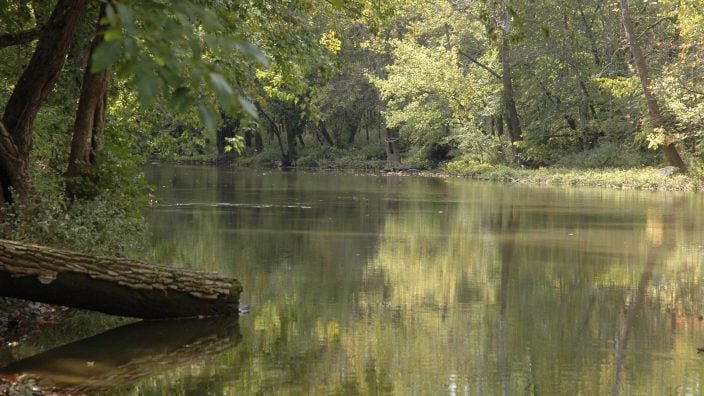Applications for Ohio Farm Bureau Health Plans now available
Members have three ways to apply: contacting a certified agent, calling 833-468-4280 or visiting ohiofarmbureauhealthplans.org.
Read MoreChances are that as you traverse Ohio’s countryside, you have seen signs for the Ohio Scenic Rivers Program. The state currently has 15 designated Wild, Scenic or Recreational rivers comprising 27 stream segments. More than 830 river miles are protected in the Ohio scenic river system, with some new designations being proposed. For this Legal with Leah, learn how the process works with Ohio Farm Bureau’s Policy Counsel Leah Curtis.
Ty Higgins [00:00:00]: Chances are, as you traverse Ohio’s countryside, you’ve seen signs for the Ohio Scenic Rivers program. The state currently has 15 designated Wild, Scenic and Recreational rivers comprising 27 streams segments. More than 830 river miles are protected in the Ohio Scenic River system, with some new designations being proposed. Leah, what is the scenic river program?
Leah Curtis [00:00:28]: So the scenic river program is a designation by the Ohio Department of Natural Resources, and the point of it is to recognize rivers and waterways that still retain their natural character. So they haven’t been rerouted or diverted. They’re largely kind of the way they’ve always been. And to be considered for the scenic river designation in particular, there can be a mix of developed or undeveloped land along the shoreline. They do look for forestation of at least 300 feet for at least 25% of the designated stream way. But if it meets those criteria and it gets nominated, then they’ll consider it for that program.
Ty Higgins [00:01:05]: So how does the process work?
Leah Curtis [00:01:07]: Typically it’s a local nomination, so it may be a local government, a local business that will bring it to ODNR’s attention. Technically, ODNR could start this process itself, though it usually does not. And then they look to get support from the different local governments and the local communities where the designation will be. And so once they have that, the director can move to designate it as a scenic river. They have to put notification in the local papers. They also have to send specific notice to all of the local governments. So county commissioners, city councils, etc. And then in recent designations, they have also held open house meetings so that locals can come in and have questions answered, hear concerns and those kind of things as well before they make that designation.
Ty Higgins [00:01:52]: So let’s say a river is deemed a scenic river. What does that practically mean?
Leah Curtis [00:01:59]: So practically, if you go to the ODNR website, you look at the scenic river program, you’ll see a map and it’ll have those scenic rivers on it. It’ll show where those are. For public projects only, so things that are funded by the state or local government, there is a review process by ODNR if there’s construction within 1000 feet of that waterway. So that would be things like bridge replacements, roadways, that kind of situation. A 10 member Scenic River Advisory Council is created and appointed from people in the local area. So that would be people who live nearby or in the community to provide input to ODNR on the program. And then there is some water quality monitoring that’s done. Now, keep in mind, EPA in a lot of cases is already water quality monitoring these streams. But this would be ODNR also from their own properties doing some water quality monitoring.
Ty Higgins [00:02:57]: I know from traveling the state, a lot of these scenic rivers run right along some farmland and rural parts of Ohio that would be private property. If a scenic river is deemed so, does that have any limit on private property rights of the adjoining landowners?
Leah Curtis [00:03:14]: No. And actually, I want to read directly from the law here. The law actually for the scenic river program specifically says that it does not authorize the director of ODNR or any government agency to restrict the use of land by the owner or any person acting under the owner’s authority. It does not allow them to enter upon any private property, and it does not expand any regulatory authorities of any government agency by creating this designation. So the designation really, it’s a feel good thing, but it does not create any limitations on private property.
Ty Higgins [00:03:47]: Are there still concerns, though, from landowners about this program?
Leah Curtis [00:03:50]: So I think the main concern that we hear from people around scenic rivers and really around any river, because any river in the state could have recreational use on it, that’s just the fact of of those rivers. And so generally with recreational use of rivers, people are concerned about trespassing, maybe littering along the river. And so that’s what our Farm Bureau policy focuses on. And we also encourage our members to get involved with these scenic river councils so that they can make sure that those concerns are being given directly to ODNR.
Ty Higgins [00:04:23]: You can get directly involved in that program, but if you don’t want to get that involved, but you still want to be involved in the process, how do our members go about doing that?
Leah Curtis [00:04:31]: So as far as the scenic river, of course, this is another good plug that I always give of be aware of what’s going on in your community. Look at those commissioner notes, because it’s usually where you’re probably going to hear about this. Look at your public notices in your paper. As I said, a lot of times there are public open houses that are happening to answer questions or concerns. And that gives an opportunity for a local person to kind of hear what’s happening. If the designation has already happened, you can certainly contact the scenic rivers program at ODNR and get in touch with your local advisory council to express concerns or ask questions or maybe even see about getting involved directly.
Photo: Big Darby Creek is a designated Ohio Scenic River.
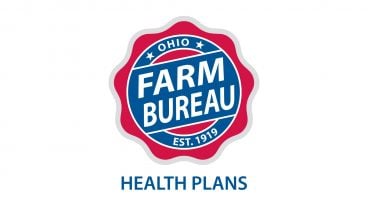
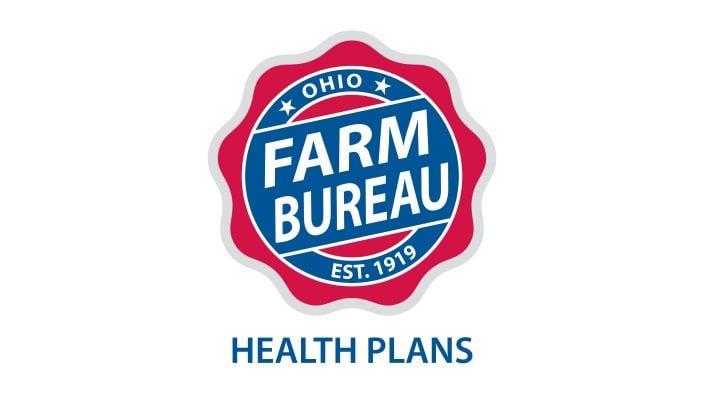
Members have three ways to apply: contacting a certified agent, calling 833-468-4280 or visiting ohiofarmbureauhealthplans.org.
Read More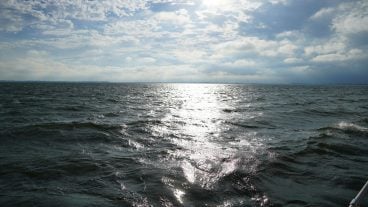
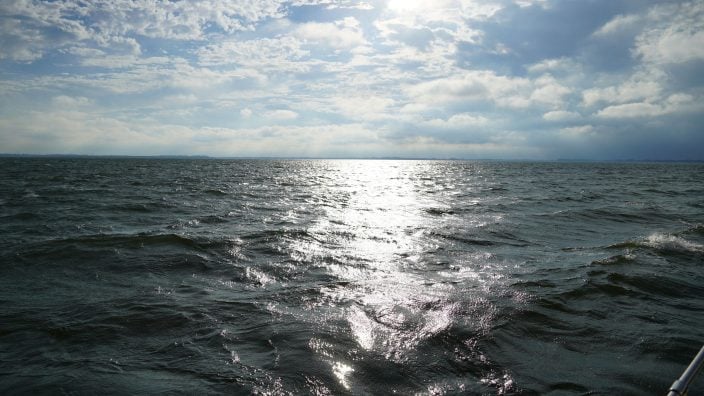
Ohio EPA has recently proposed allowing data centers to obtain ‘general’ National Pollutant Discharge Elimination System (NPDES) permits for their stormwater/wastewater discharges.
Read More

Jan. 9-14, Ohio Farm Bureau members will shine a light on the outstanding leadership and community impact agriculture possesses in our state.
Read More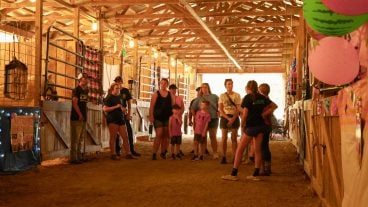
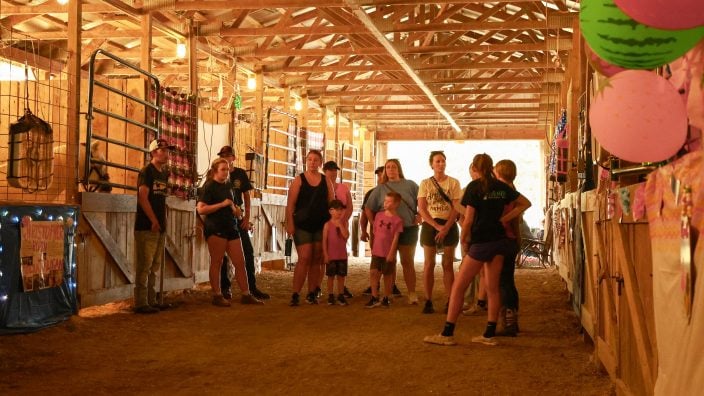
The American Farm Bureau Federation County Activities of Excellence awards celebrate unique, local, volunteer-driven programs.
Read More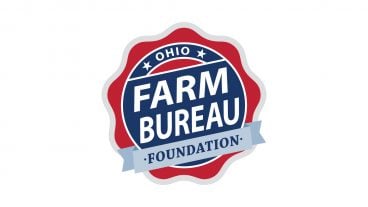
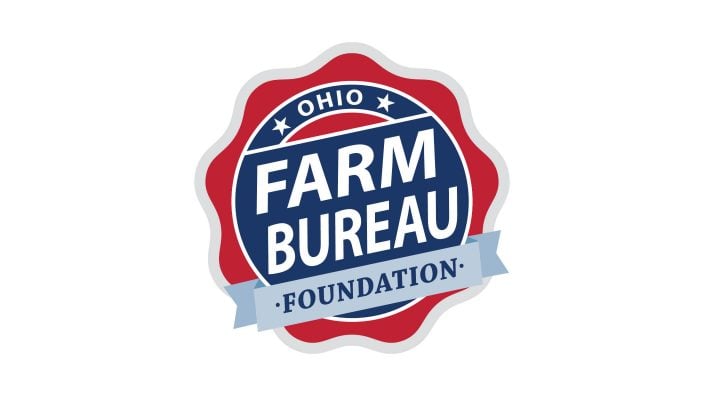
The scholarship provides one renewable award of $10,000, supporting a student pursuing a degree in agriculture or an agriculture-related field.
Read More
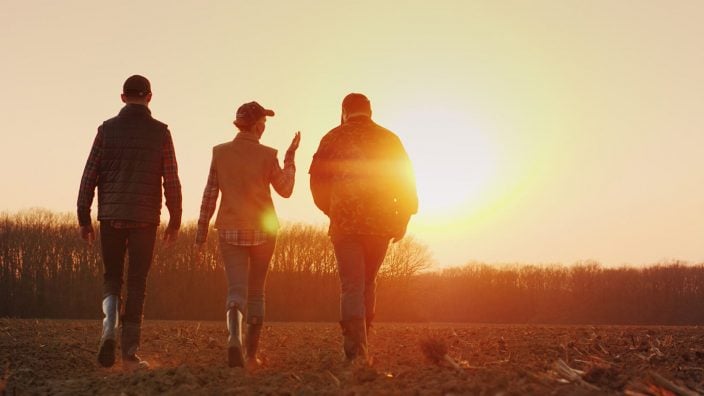
A short conversation over the phone, a quick text message or even finding a small daily habit such as journaling can make a big difference.
Read More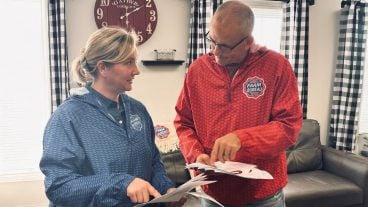
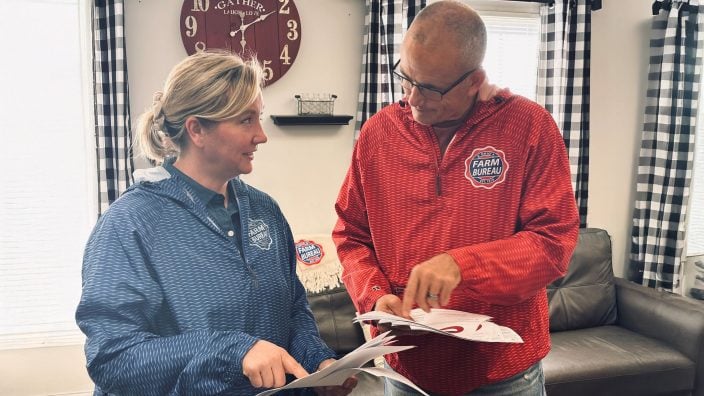
One of the best decisions Shannon and Heather Utter made a few years ago was looking into a Farm Bureau member benefit that has ended up saving them thousands of dollars on their energy bills.
Read More

Ryan Hiser has experienced first-hand the importance of having the opportunity to vote on issues that will affect his family operation and other farmers.
Read More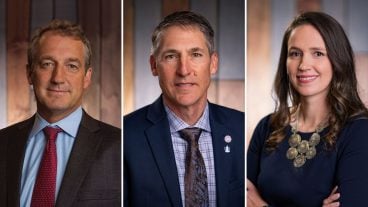
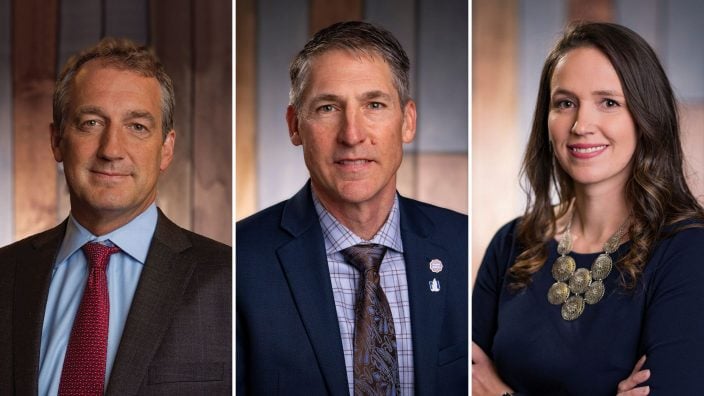
Bill Patterson, Cy Prettyman and Adele Flynn will continue to serve as officers for Ohio Farm Bureau Federation.
Read More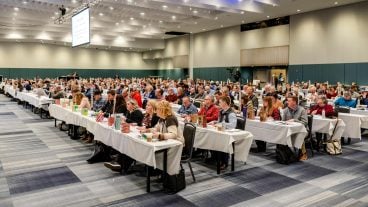
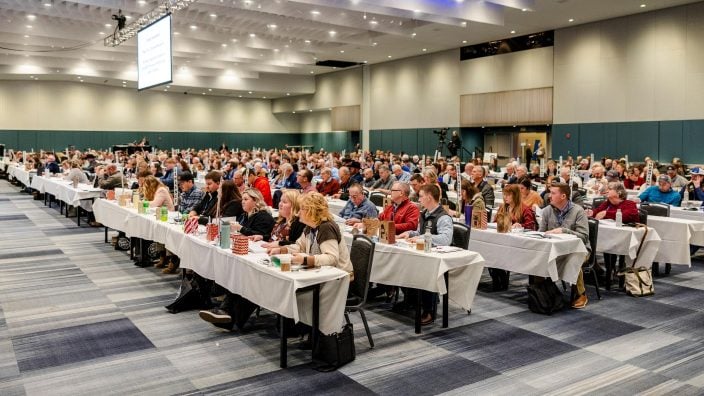
Delegates discussed many topics impacting agriculture including farmland preservation, local foods, and succession planning.
Read More